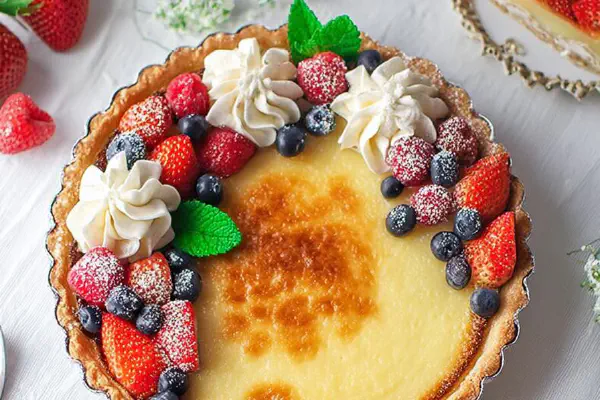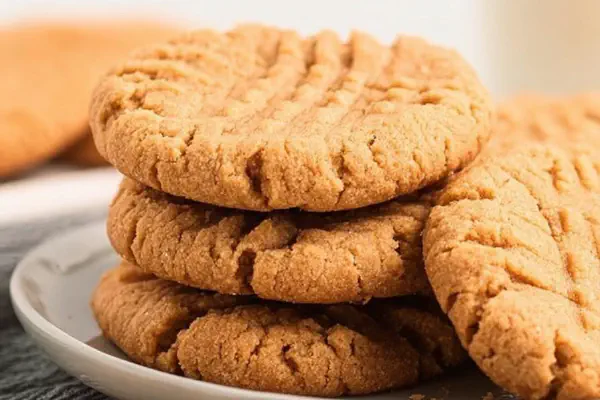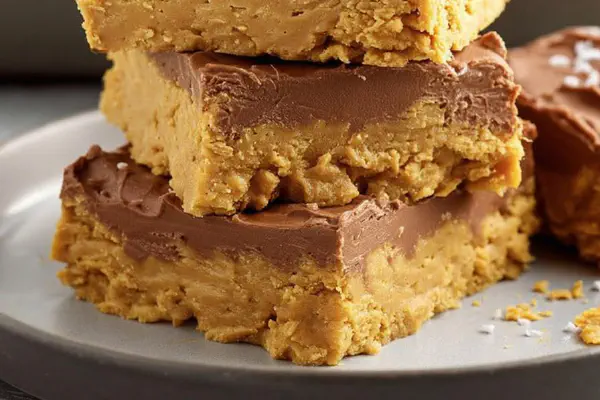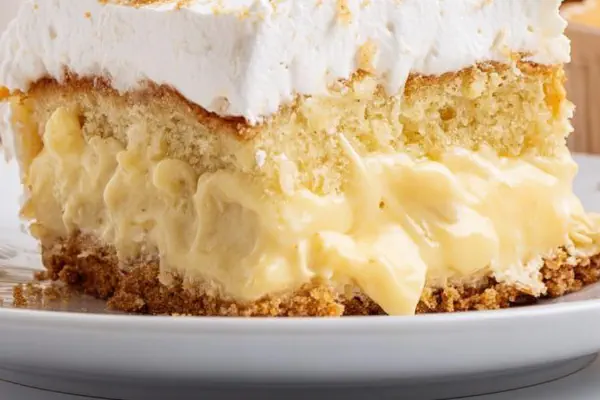Chunky Peanut Butter Cups
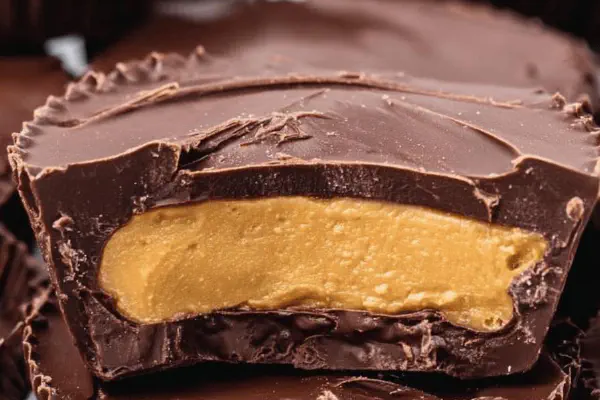
By Emma
Certified Culinary Professional
Ingredients
- 12 cupcake liners
- 8 ounces dark chocolate, divided
- 1 cup creamy peanut butter
- 3/4 cup powdered sugar
- 2 tablespoons unsalted butter, softened
- Optional: 2 tablespoons cream cheese for tang
About the ingredients
Method
- Prepare cupcake liners in muffin tin. No shortcuts here. Liners stop melty chocolate mess.
- Melt half the chocolate in a microwave-safe bowl. Heat 20 seconds, stir to avoid burning. Chocolate grainy? Keep stirring, a little heat. You want glossy, thick but pourable.
- Drop about ½ tablespoon chocolate into each liner. Spoon with one, scrape with the other. Spread by shaking pan side to side until chocolate covers each bottom thinly, no holes. Careful not to break liners.
- Freeze 12–18 minutes; check surface. Chocolate should feel hard but not crack when nudged. Too soft? Add a minute or two.
- While chocolate chills, whip peanut butter, powdered sugar, and butter (and cream cheese if using). Beat until fluffy, not gluey. Watch sugar absorption; too dry ruins filling.
- Spoon 1 tablespoon filling on each cooled chocolate base. Pinch the sides clean—keep peanut butter off liners or chocolate won't seal well.
- Pop back in freezer 4–7 minutes. Filling needs firm enough for layer 2 but still creamy. If too hard, final chocolate bonds won’t be smooth.
- Melt remaining chocolate same way; no overheating. Stir till shiny and smooth.
- Cover peanut butter with chocolate completely, no filling peeking out. Tap muffin tin lightly against counter to level chocolate evenly.
- Chill 10–15 minutes till fully firm or refrigerate 15–20 minutes if in a hurry. Avoid freezer overexposure or chocolate dulls and cracks.
- Pop out liners carefully. If stuck, warm edges of liners slightly with hands or hot towel brief touch—tricky but keeps shape intact.
- Serve cool or at room temp. Crumbly filling texture versus brittle shell contrast is best appreciated if not too cold.
Cooking tips
Chef's notes
- 💡 Melt chocolate slow bursts. Stir often. Avoid microwave hot spots or grainy chunks. Use half at a time. Stir until glossy. Shaking liners spreads chocolate evenly. Don't use spoon here; gets thick, uneven. Thin coating crucial to prevent break and let filling stick.
- 💡 Freeze times vary. Watch surface. Chocolate feels firm, snaps but no cracks. Filling should be creamy but firm enough to hold. Too cold and final coat cracks or gaps show. Touch-test like old-school pro. Adjust by minutes not seconds. Visual clues better than clock.
- 💡 Filling texture is a balance. Too dry? Crumbles on biting. Too wet? Melts into chocolate causing pooling. Powdered sugar helps bind, butter adds body, cream cheese optional to cut sweetness and add tang. Whip till fluffy—no gluey mass. Taste-test before layering.
- 💡 Use cupcake liners with ridges for easier peeling. Foil liners stick and ruin edges. Greasy liners = no go. Peanut butter on liners = no seal, chocolate leaks. Pinch edges quickly after adding filling to keep them clean. Work fast but steady to maintain shapes.
- 💡 Final chocolate layer needs tap and level. Light tapping removes air bubbles, smooths ripples. Avoid freezer overexposure or chocolate dulls, cracks. Cover loosely to prevent condensation. When popping cups, if stuck, warm edges with fingertips briefly. Shape depends on patient handling.
Common questions
Can I swap almond butter?
Yes. Almond butter works for milder flavor, texture changes a bit. Filling fluffier, less salty. Adjust freeze time slightly; almond butter usually softer, may need longer chilling for firm layers.
What if chocolate gets grainy?
Heat too fast, hot spots in microwave. Stir frequently every 15-20 seconds. Use half-chocolate only. Graininess means broken cocoa butter; extra stirring helps but some batches refuse. Retry with new chocolate if needed.
How to fix sticky liners?
Warm fingertips or hot towel on edges breaks suction. Don't soak liners. Paper with ridges peels better. Grease equals stuck liners and ruined shapes. Try loosening gently, pop slowly to avoid mess.
How long can I store cups?
Refrigerate up to a week, keep airtight. Freeze longer term but beware crumbly filling if frozen too long. Bring to room temp before serving for better texture. Avoid freezer smell contamination; cover loosely but protect moisture.
